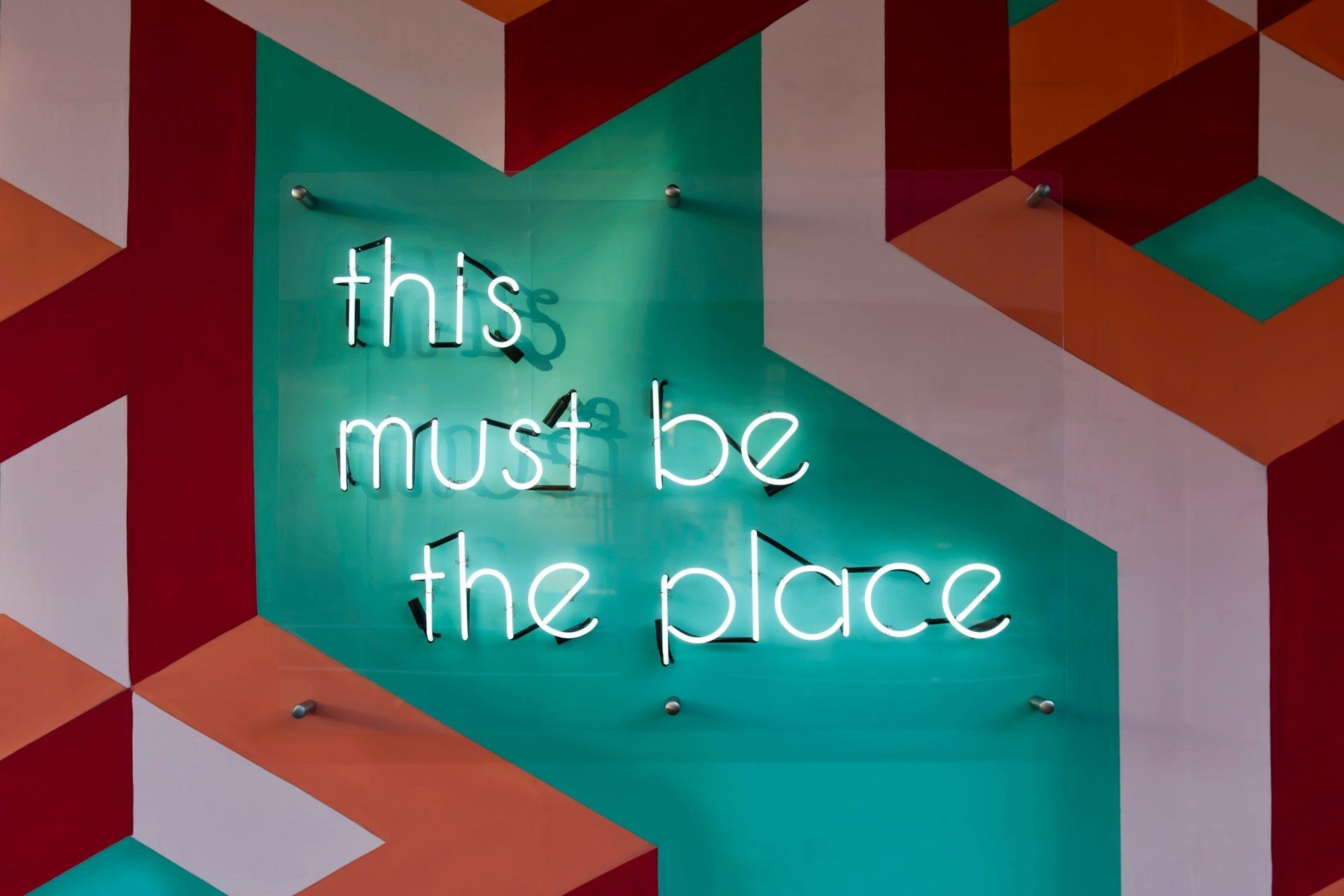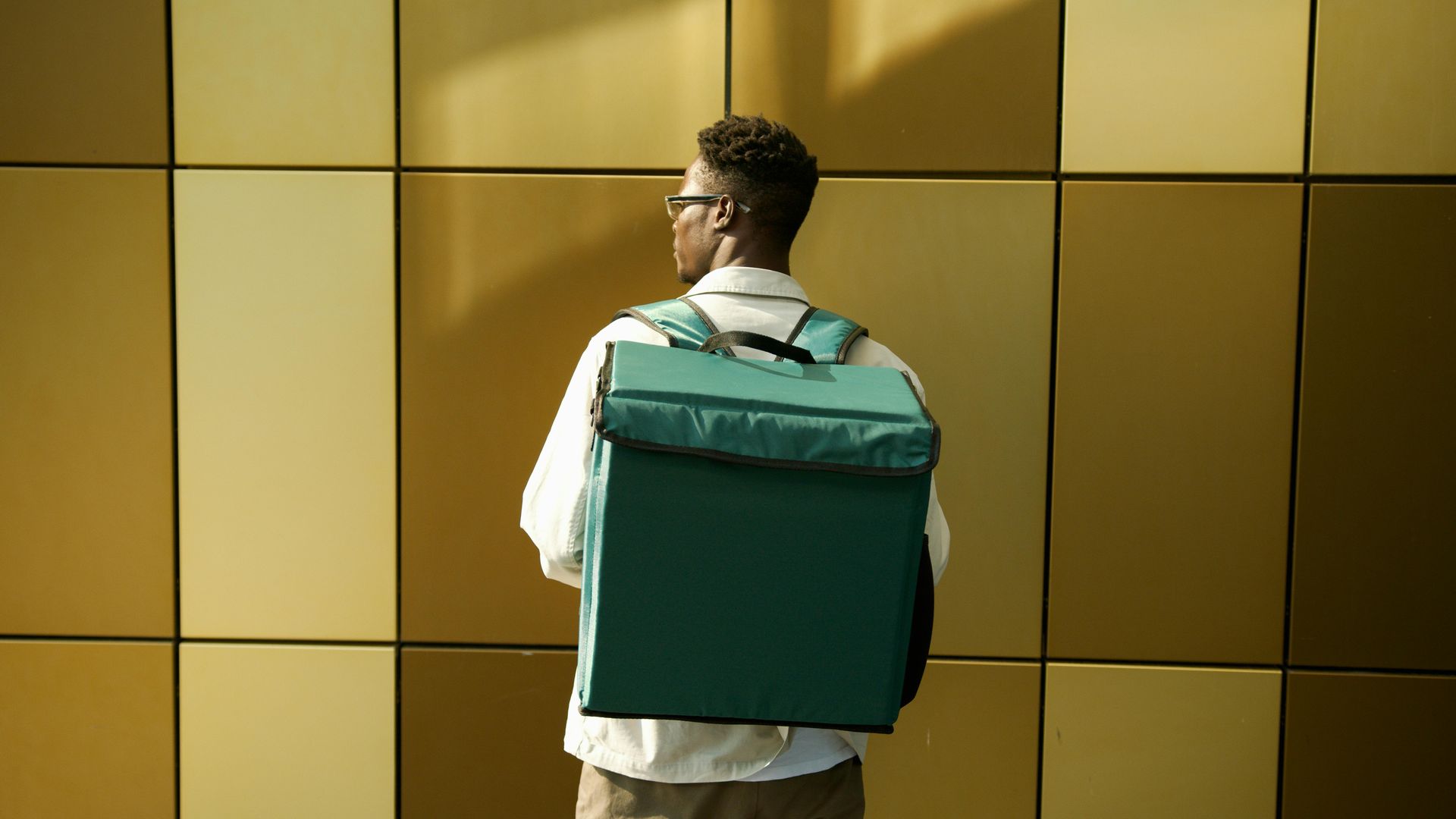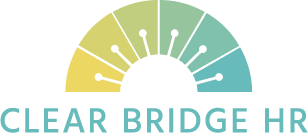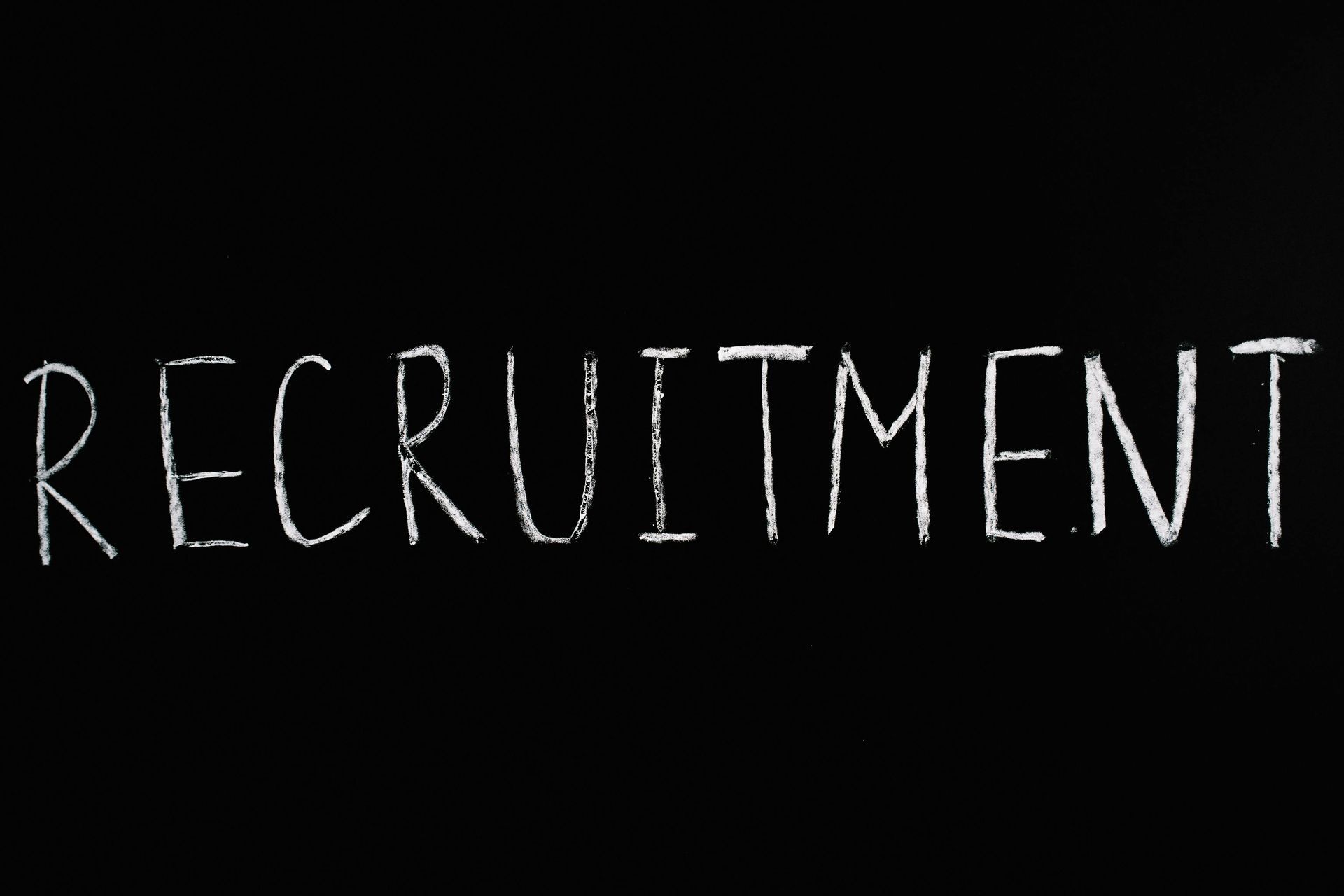Top 5 tips on recruiting remotely
Gemma Higgins • September 28, 2023
Remote hiring like a pro

Remote recruitment saves you a whole bunch of time and saves both your business and the candidate money. With traditional recruitment, there would be a lot of back and forth in terms of settling on a suitable date and time for an interview, after which the candidate would usually spend significant time and money on travelling to the site for the interview. Remote interviews can be a lot more flexible as they cut out traveling time and cost for the candidate and can be rearranged much more easily than the traditional kind. For the employer, this way of working means that you’re able to fit in several interviews in a day, thus speeding up the process.
Here are our 5 top tips for a successful remote recruitment campaign:
1. Get things right from the outset
A good job description is of paramount importance in the current climate, job descriptions need to work harder than ever to encourage top talent to apply for roles. Think about your employee value proposition (EVP). What is your culture? Why do employees enjoy working
for you? What can you offer in terms o f benefits, flexibility, training and development?
Given you may not be able to meet candidates face to face for the time being, it is vital that the JD tells them everything they need to know about a role, leaving no room for ambiguity. It may be the case that you have had the same JDs in place for quite some time. In this instance, it is crucial to review their content and tone to attract the right talent.
In some instances, it is worth spelling out how the role will work moving beyond the pandemic restrictions. The successful applicant might be expected to work remotely for the first few weeks and months whilst social distancing restrictions are in place. However, a job description should also sell your long-term strategy and overall goals and objectives, as candidates will still be paying attention to this as they look ahead to a life outside of lockdown.
2. Try to ensure a seamless video interview
Even the most experienced hiring manager will need to adapt their approach to interviewing when moving to a remote model. Although many of the video platforms generally offer good visual and audio quality, it will never completely replicate being in the same room as someone, reacting to facial and body language and building rapport.
Whilst it is different, try not to see video interviewing as too much of a barrier. An interview should run in much the same way as it would in person, allowing you to cover off the fundamentals around assessing competencies and asking questions on experience and team fit. Do not be afraid to incorporate an element of informal conversation, just as you would in person to break the ice and get to know a bit more about the candidate’s personality.
Follow a couple of simple tips to set yourself and your candidates at ease:
- Provide your candidates with all the information they need in the interview invitation.
- Make sure that there’s a plan B, just in case the connection unexpectedly cuts out.
- Set up your interview in a quiet space where you won’t be interrupted.
- Double check all of your tech before starting the call. This includes both hardware (headphones, mic) and software.
- Be the first to show up. Put your candidates at ease by already being present when they join the virtual room.
- Ease into the interview with chit-chat.
- Establish a clear way for candidates to follow up with you.
- If a candidate has technical difficulties, don’t hold it against them.
3. Make it a team effort
Collaborative hiring is a great way of getting your team involved in the hiring process, remote or not. Future teammates will have the opportunity to assess, evaluate, and get to know potential remote hires in the recruitment process. This will help you ensure that the remote hire is a good skill fit, in addition to a cultural fit for their potential team.
4. Utilise other tools to help you make a decision
With companies now looking for more adaptable, relationship-focused employees, incorporating psychometric testing into your recruitment process will provide a reliable indication of that candidate's working style as well as how well they will integrate with the working environment and colleagues.
5. Make a great offer
Once you have identified the talent you want to hire through the interview process, it is important to secure them with a strong offer.
- Summarise why they have been selected as the preferred candidate. Additionally, run through the reasons the role fits the candidate’s needs and why. Reinforce that your role is right for them.
- Once you have given a summary, confirm how the candidate is feeling about the process and the experience they have had with the company. Ensure that the reasons they want to change jobs in the first place still stand and that this role meets their needs.
- Run through the details of the offer including the role and responsibilities, reporting structure, and how the professional will directly contribute to the organisation’s wider goals and objectives.
- Finally, share the full salary and benefits package with the candidate including base salary and the monetary values of the benefits on offer..
For
more help and support designing and implementing your remote recruitment process,
contact us today
Other posts:

Summer is here and with it comes fresh challenges for employers. From the surge in side hustles to the never ending debate about switching off after hours. In this blog, we’re diving into what these trends mean for your business and sharing practical tips to help you stay ahead and keep your team happy and compliant.


